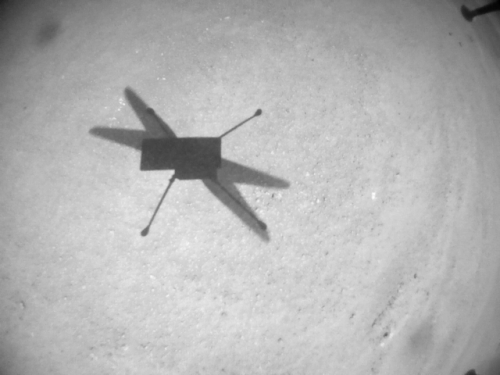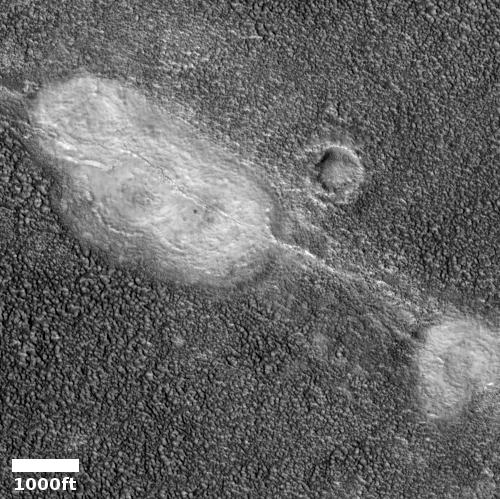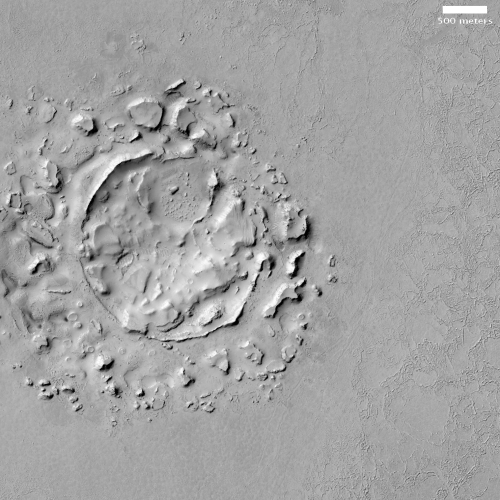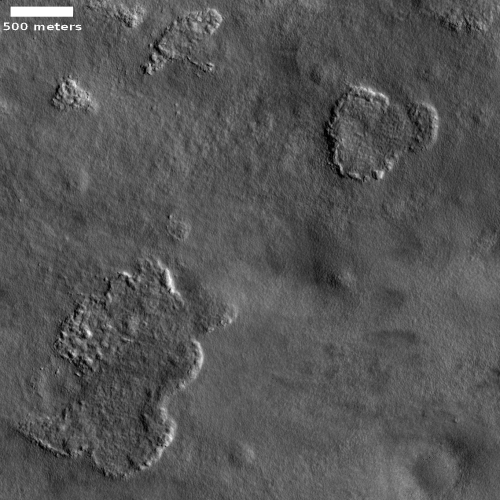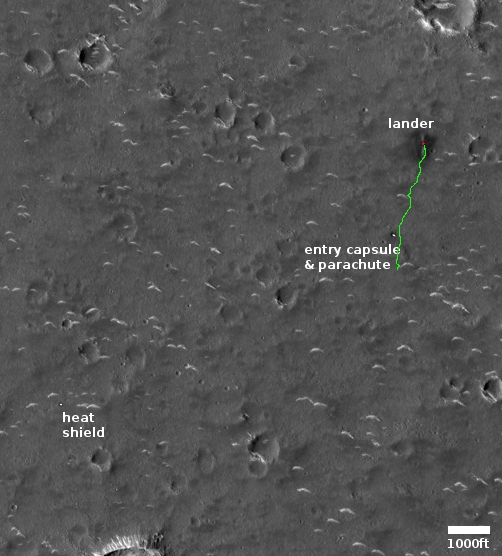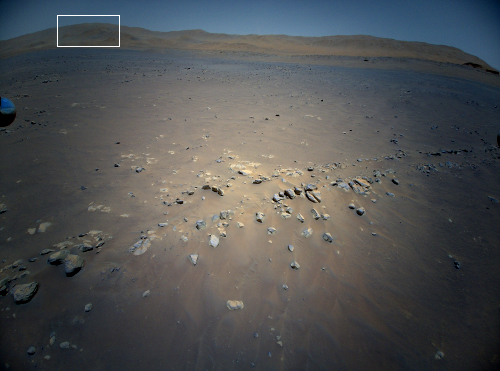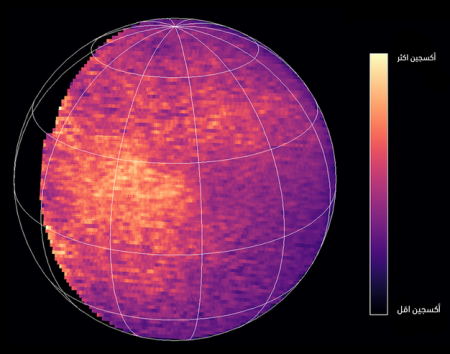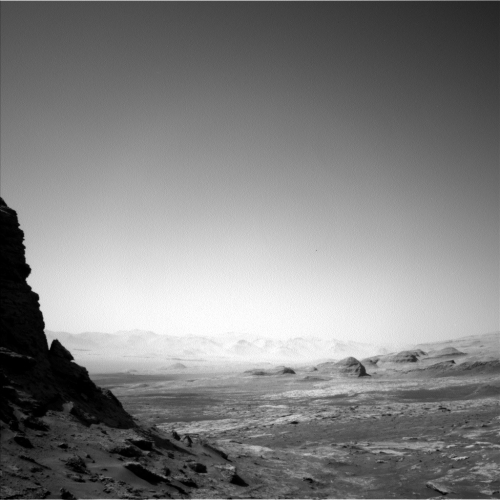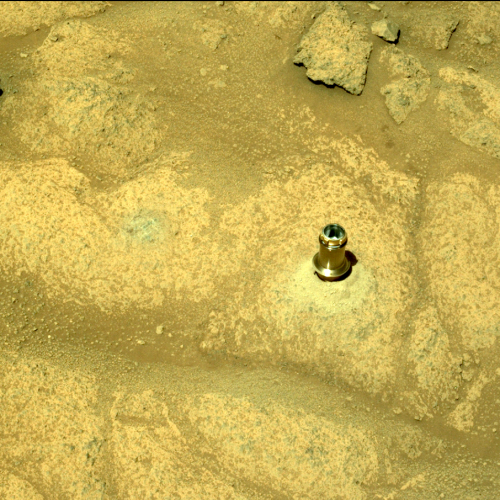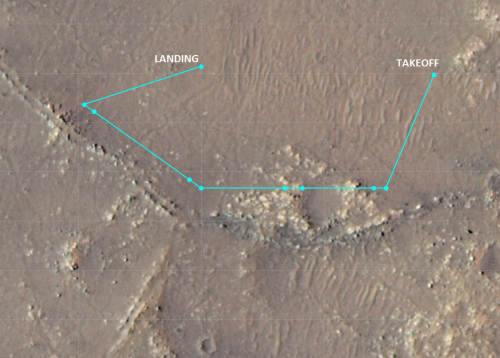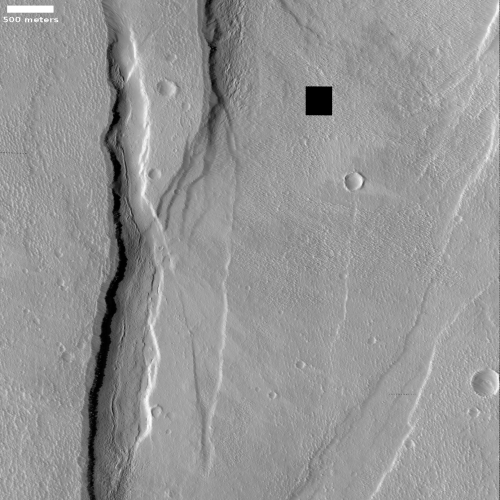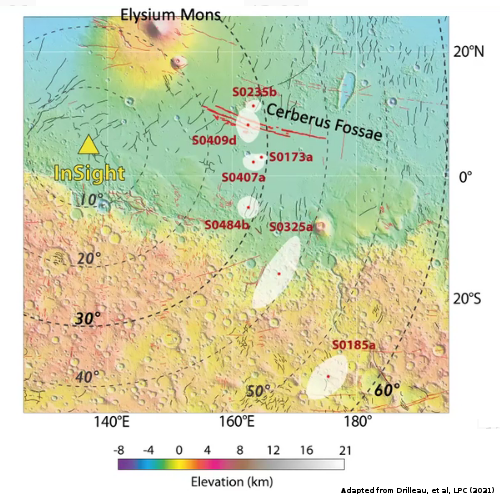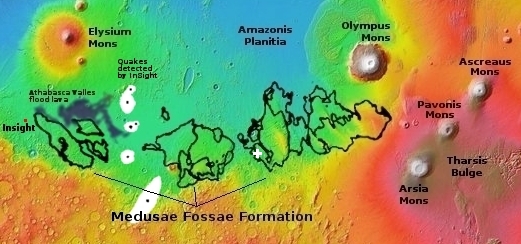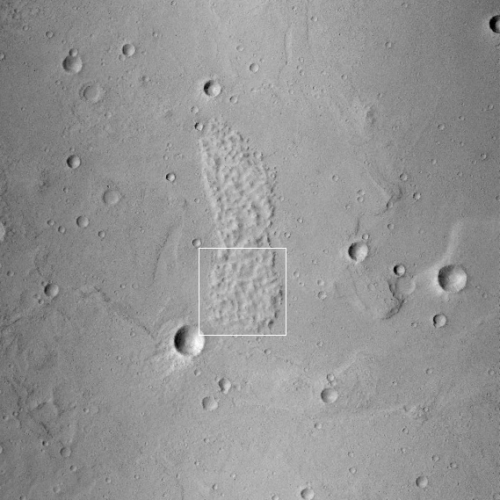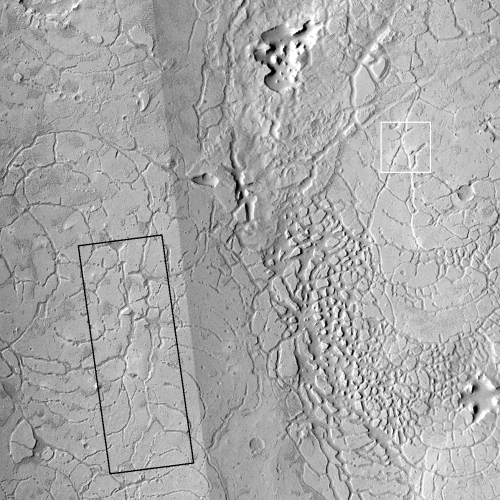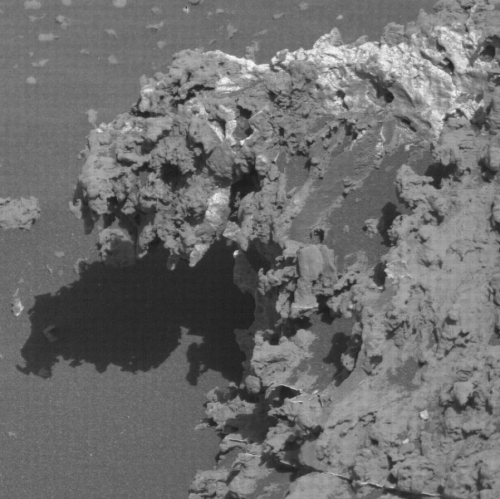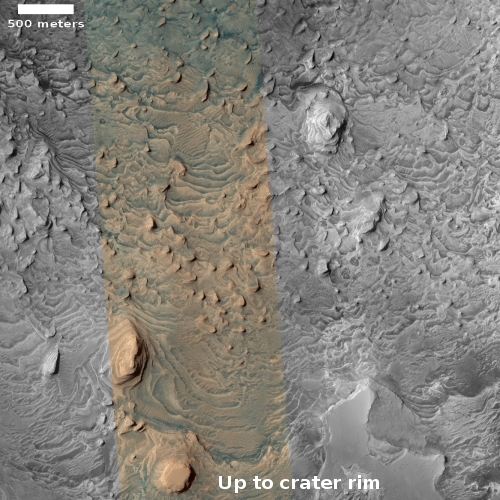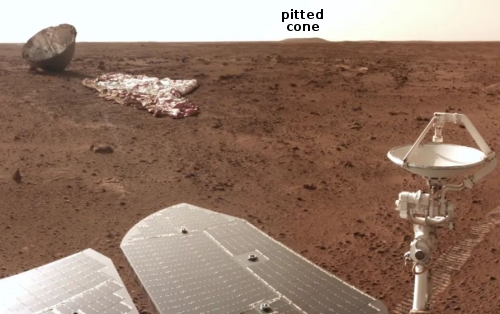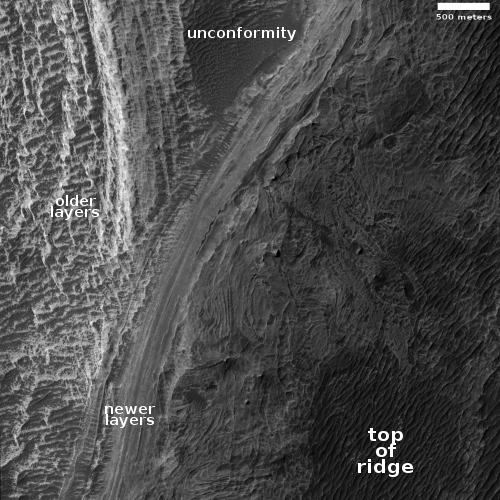Zhurong travels another 700 feet on Mars
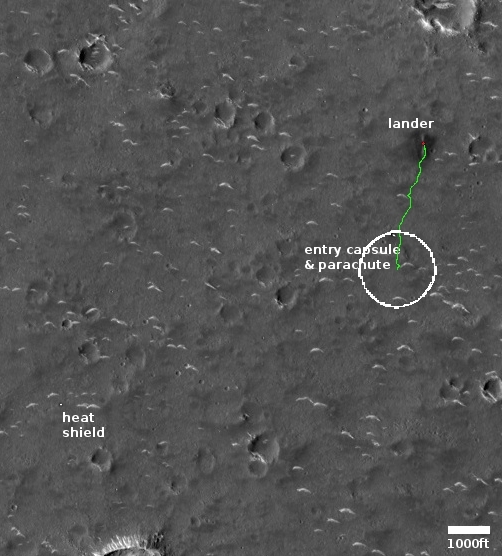
According to a new update from China’s state-run press today, since the last update of its Zhurong Mars rover on July 31st, the rover has traveled just over 700 feet, for a total travel distance of about 2,624 feet, just under a half mile.
As of August 6, 2021, the rover has worked on the surface of Mars for 82 Martian days and the orbiter has been in orbit for 379 days. The two are in good condition and functioning properly.
The report provides no other real information.. I have indicated on the map to the right the range in which this travel distance could have taken Zhurong. Hopefully they will release more information soon.
The nominal mission was originally planned for 90 days. Right now it looks like the rover will easily exceed that.

According to a new update from China’s state-run press today, since the last update of its Zhurong Mars rover on July 31st, the rover has traveled just over 700 feet, for a total travel distance of about 2,624 feet, just under a half mile.
As of August 6, 2021, the rover has worked on the surface of Mars for 82 Martian days and the orbiter has been in orbit for 379 days. The two are in good condition and functioning properly.
The report provides no other real information.. I have indicated on the map to the right the range in which this travel distance could have taken Zhurong. Hopefully they will release more information soon.
The nominal mission was originally planned for 90 days. Right now it looks like the rover will easily exceed that.

